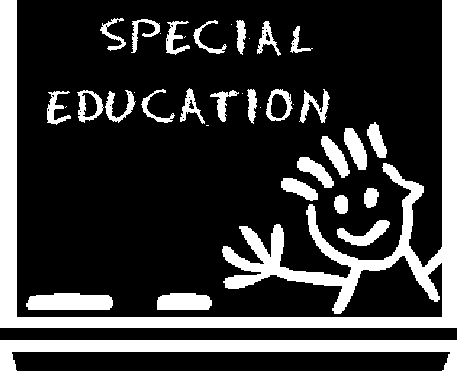The terms “adaptations” and “modifications” have specific meanings in special education.
Adaptations make provisions for special education students to adapt to the learning environment without modifying course curriculum standards. However, special education students who receive modifications are allowed to have the curriculum fit their individual needs and teachers are able to assess them on different grading scales than general education students. Both adaptations and modifications help special education students in their learning.
Adaptations or Accomodations
Adaptations are also referred to as accommodations. The Access STEM website reports that accommodations are used when there are alterations of environment or use of equipment allowing students to obtain access to content or to complete assigned tasks. Accommodations, for example, allow students to respond by computer texts or sign language, have extended time for assignments or provide text in large print. Because accommodations only change the environment and not what is taught, teachers use the same grading scales as they do for students without learning disabilities.
Modifications
For students who have been diagnosed with a learning disability, modifications do change the standards of the instruction and how students are evaluated. These students are not expected to master the same academic content as general education students in the same grade level. The Smart Kids with Learning Disabilities website reports that teachers, for example, can modify a student’s curriculum by assigning projects instead of written reports and by rewording high level questions in simpler language.
Test Accomodations and Modifications
Modifications on assessments are made for students who do not have extensive cognitive disabilities, have access to grade level instruction and are not likely to reach grade level proficiency in the same time frame as their classmates. In a 2010 study by the National Dissemination for Students with Disabilities, researchers found that testing adaptations are divided into four categories called modes. Presentation mode allows for larger fonts or placing fewer items on a page. Response mode allows for the use of lined paper or for students to respond in sign language or by computer texts. Setting mode allows for students to test in small groups. Timing mode allows students to have extended time on test if needed. Prior to testing, test accommodations have to be included on the student’s Individual Education Plan.
Legal Implications
The Individuals with Disabilities Education Act mandates that all students with disabilities be provided with a free and appropriate public education. After 2004, the No Child Left Behind Act did not permit modifications on state and national assessments, but teachers can continue to make modifications on classroom instruction assignments. Teachers, in making modifications, are allowed to ask fewer questions on assignments or allow students to work at lower grade levels by furnishing challenging work to students that meet their academic levels in reading comprehension and math.

